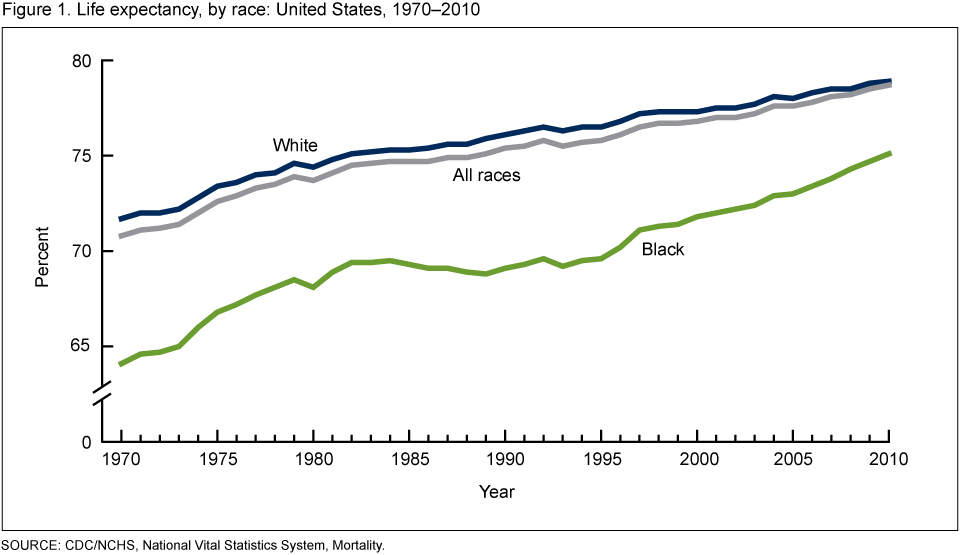
White women experienced 750.6 deaths per 100,000, followed by Hispanic women at 599.8. White men experienced 1,055.3 deaths per 100,000, Hispanic men experienced 915.6, and Asian men just 578.1.Īmong females, death rates were highest for American Indian and Alaska Native women, at 1236.6 per 100,000, followed by Black women, at 921.9. The next-highest death rate was for Black men, at 1,380.2. Among men, American Indian and Alaska Native men had the highest rate of deaths per 100,000 people in 2021, at 1,717.5 could expect to live 79.3 years, while a boy could expect to live 73.5 years.Īn American who turned 65 in 2021 could expect to live another 18.4 years on average, while women could expect to live 19.7 years longer - for men the number remained unchanged from 2020 - at 17 years.ĭividing the population by sex, race and Hispanic origin highlights stark disparities in death rates. have a higher life expectancy than men, on average. Overdose deaths have an outsized effect on average life expectancy because victims are disproportionately young. Since 2001, when the rate was below 10 per 100,000, the rate has increased every year. Studies Show COVID's Negative Impact on US Education and Life Expectancy also recorded 106,699 deaths attributed to drug overdoses, or more than 30 per 100,000 people. Heart disease, cancer and COVID-19 remained the top three causes of death in 2021, unchanged from the preceding year. And while many advanced economies, including France, Belgium, Switzerland and Sweden saw their life expectancy rates recover to pre-pandemic levels in 2021, death rates in the U.S.

While most countries in the world experienced a decrease in life expectancy during the pandemic, it was particularly pronounced in the U.S. In 2021, that rate had climbed by 23%, to 897.7. experienced 715.2 deaths per 100,000 people. Centers for Disease Control and Prevention.īy comparison, Americans born in 2019, the year before the pandemic took hold, could expect to live 78.8 years. The combination of the COVID-19 pandemic and high levels of opioid overdose deaths drove life expectancy in the United States down for the second consecutive year in 2021, with a child born in that year expected to live 76.4 years, the lowest figure since 1996, according to data from the U.S.


 0 kommentar(er)
0 kommentar(er)
